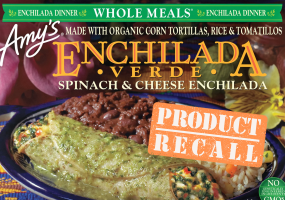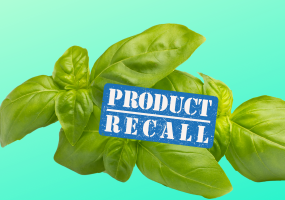A new study published in Public Health Nutrition showed that whole grain labels on cereals, bread, and crackers are sometimes confusing and misleading, which makes people buy the wrong product.

Health experts recommended most especially to the runners to eat more whole grains. This fuels the runner because of the carbohydrates it contains. However, a strict diet in food rich in whole grain is also associated with a lower risk of having chronic diseases and early death.
In fact, the U.S. Department of Agriculture recommends most adults to eat at least three servings or more if you are very active in grain-based foods every day. The serving should be about one slice of bread, one cup of cold cereal, one cup of cooked rice, or cooked cereal.
However, the problem is most people are being misled on the labels on food packaging that are very confusing and oftentimes misleading. According to a study from the researchers of New York University (NYU) and Tufts University, even the most well-intentioned consumer can easily end up choosing a less-healthy product without knowing it.
In a study conducted, as participated by 1,030 adults, all of them were shown both hypothetical products or those that are intended to mimic real products on the market and the real ones. The result of the study surprised the researchers.
Participants were shown photos of cereals, crackers, and bread, with various whole grain labeling on the front of the package, along with the nutrition facts label and ingredients list for each product. They were then asked which among the hypothetical products and real products are healthier.
Researchers provided hypothetical products either had no front-of-package label or were marked with "multigrain," "made with whole grains," or a whole grain stamp. Additionally, packages on the real products displayed the actual product markings, including "multigrain," "honey wheat," and "12 grain."
The research found out that around 29 to 47 percent of the research participants answered incorrectly in choosing the healthier products, 31 percent chose the incorrect cereal, 29 to 37 percent for crackers, and 47 percent for bread.
Meanwhile, participants of the study guessed best when assessing whole grain content in oat cereal, which was actually mostly composed of whole grain. One of the authors said, "Our study results show that many consumers cannot correctly identify the number of whole grains or select a healthier whole-grain product."
Parke Wilde, Ph.D.said through a press release, "Manufacturers have many ways to persuade you that a product has whole grain even if it doesn't. They can tell you it's multigrain or they can color it brown, but those signals do not really indicate the whole grain content."
It is very important as consumers to know the labels of the products we buy in the market. Our intention to follow a strict diet might not be followed once we buy the wrong products.
So always remember that before buying products in the market and if you are in a strict diet, you need to read the labels first or do research.
Want to read more? ALSO READ:
How Healthy Are Sardines? Here Are Some Fishy Nutritional Facts
Astonishing ginger health benefits that you might not know
4 Tips on How to Form Healthy Food Habits
Want to read more? ALSO READ:
How Healthy Are Sardines? Here Are Some Fishy Nutritional Facts
Astonishing ginger health benefits that you might not know
4 Tips on How to Form Healthy Food Habits









